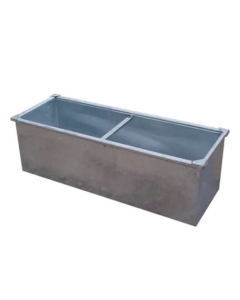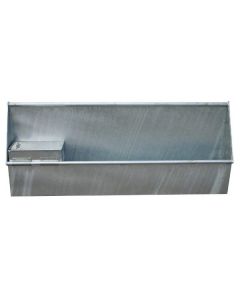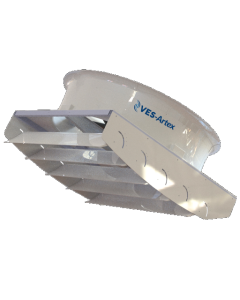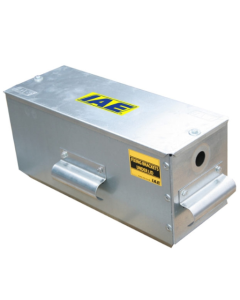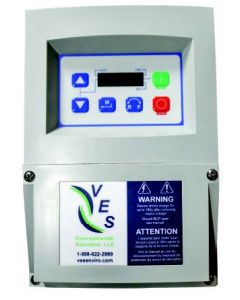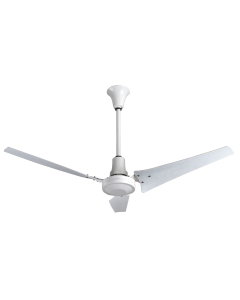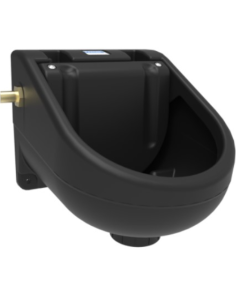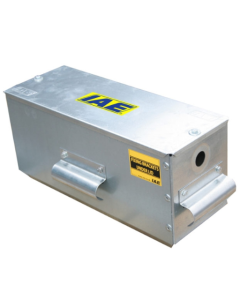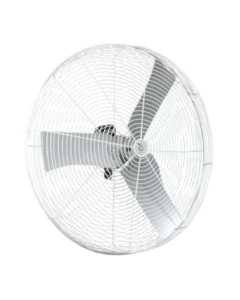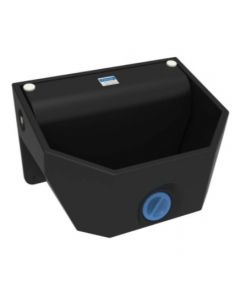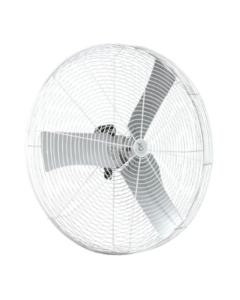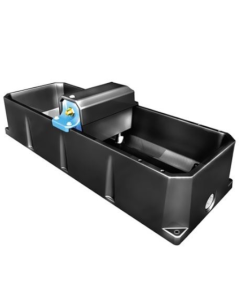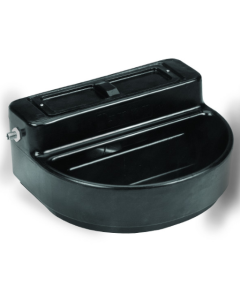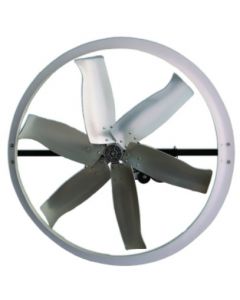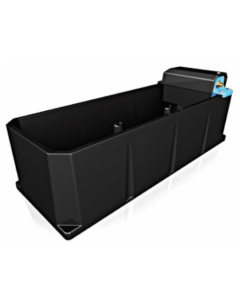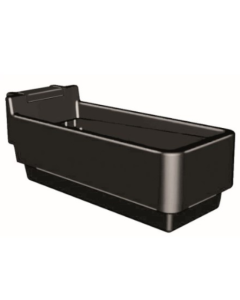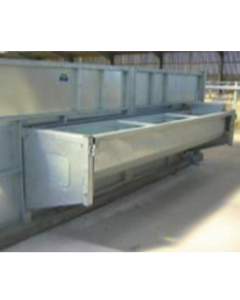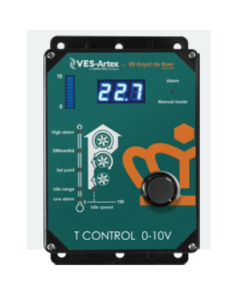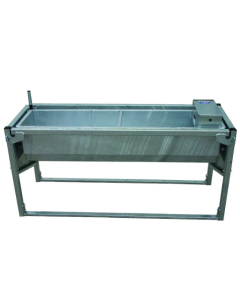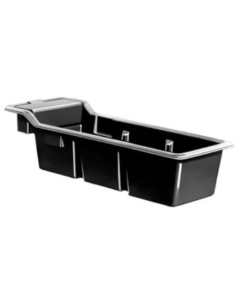Heat Stress in Calves - How To Avoid It?
- 11 Aug 2021
- 0 Comments

With warm weather approaching, the risk of heat stress in calves increases. Everyone is well aware that heat stress in adult cattle reduces performance, increases stress and results in increased incidence of disease, and calves are no different. Calves have an upper critical limit of 25°C, however they will start to feel the effects of heat stress at 21°C.
To put it another way, if you are warm then your calves will be too! Calves attempt to maintain a constant body temperature regardless of the outside temperature, called the thermoneutral zone. The thermoneutral zone depends on air movement, moisture, hair coat, sunlight, bedding, and rumination. Many of these factors can be influenced by the housing and environment in which the calf is placed.
To counteract the effects of heat stress calves will start to sweat just like us, to lose excess heat, as we know calves can dehydrate very quickly so ensuring they drink plenty is key. Calves will also reduce feed intake and energy will be taken away from growth and the immune system to try to balance the core temperature and secrete toxins. This will reduce the growth rate of the calves and the incidence of disease is increased (Bateman et al, 2012).
What can we do to help calves avoid heat stress?
Provide shade
As with any animal it is important to provide a suitable environment as stated in the 5 freedoms:
Freedom from discomfort: by providing an appropriate environment including shelter and a comfortable resting area. This includes being out of direct sunlight. In a study by Lammers et al, (1996) it was found that providing shade (Blue plastic tarp) over a plastic hutch, reduces the inside air temperature.
Improve air movement
Air movement is important is any calf rearing enterprise, however removing stale humid air during periods of heat stress is vital. Air movement can aid in the cooling of calves as the temperature surrounding the calf is removed and replaces with fresher cooler air. Air movement can be improved mechanically by fans or naturally by opening vents/ doors. Remember, although air movement is vital, it is still important not to put the calf in a constant draught as this could be just as detrimental.
Improved air movement will also reduce the fly population, reducing disease transmission.
Consider Feeding More Milk Replacer
During heat stress, starter intake decreases, leaving calves with less energy available to support their increased maintenance requirements. Generally speaking, healthy calves are unlikely to refuse to drink milk, so there is opportunity to increase the amount of energy provided to calves by increasing the amount of liquid feed offered, (Jones et al 2017).
To conclude, keeping calves cool and comfortable during periods of hot humid weather is vital to maintain health and performance.
Refresh concentrates regularly
Dry feed intake will be generally reduced during periods of heat stress, this means that the starter available should be highly palatable and unspoiled.
Avoid working calves during the day
It is wise to handle calves in the morning so that stressful activities, such as dehorning, vaccinations, pen moves, or transportation, can be completed when both calf body temperatures and environmental temperatures are at their lowest point for the day, less uncomfortable for us too!
Offer plenty of water
As calves attempt to maintain their body temperature, water is lost through panting and sweating. This is especially important if the calves are at risk of disease, specially scour, as calves can become dehydrated extremely quickly and risk of death is escalated. Fresh clean water (that is kept out of direct sunlight) should be offered to calves at all times.
References
Bateman, G., II, and M. Hill. 2012. How heat stress impacts the growth of calves. Progressive Dairyman. 26:55-57.
Lammers, B. P., J. W. vanKoot, A. J. Heinrichs, and R. E. Graves. 1996. The effect of plywood and polyethene calf hutches on heat stress. Appl. Eng. Agric. 12:741-745
Jones, C., Heinrichs, J. 2017. Heat Stress in dairy calves. Penn State Publication.
AHDB, 2016. Managing calves in warm/hot weather

